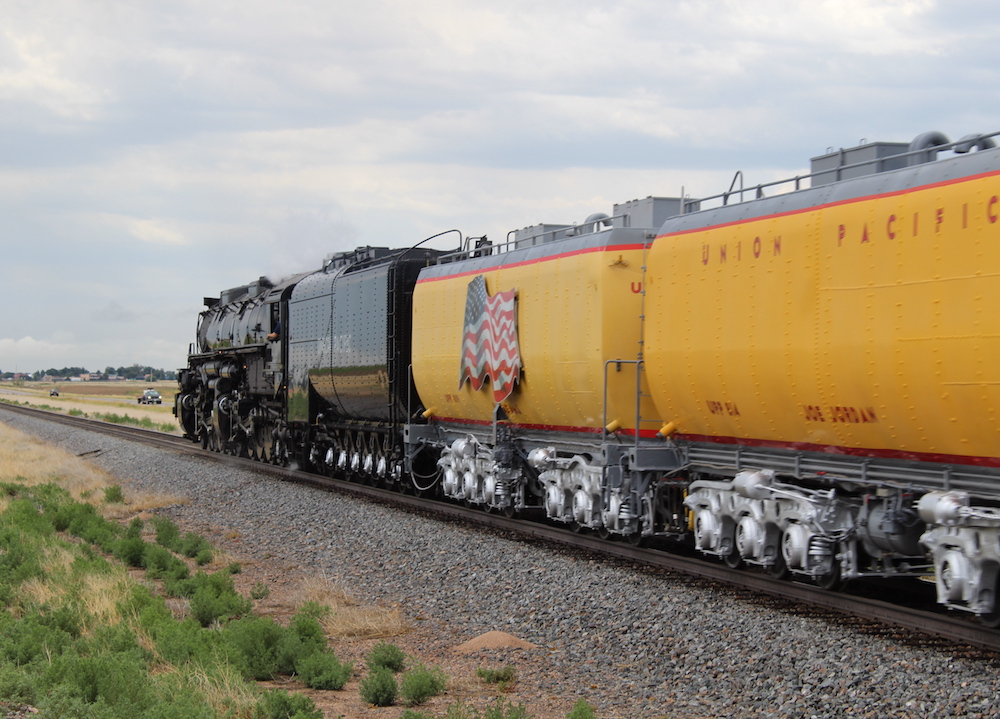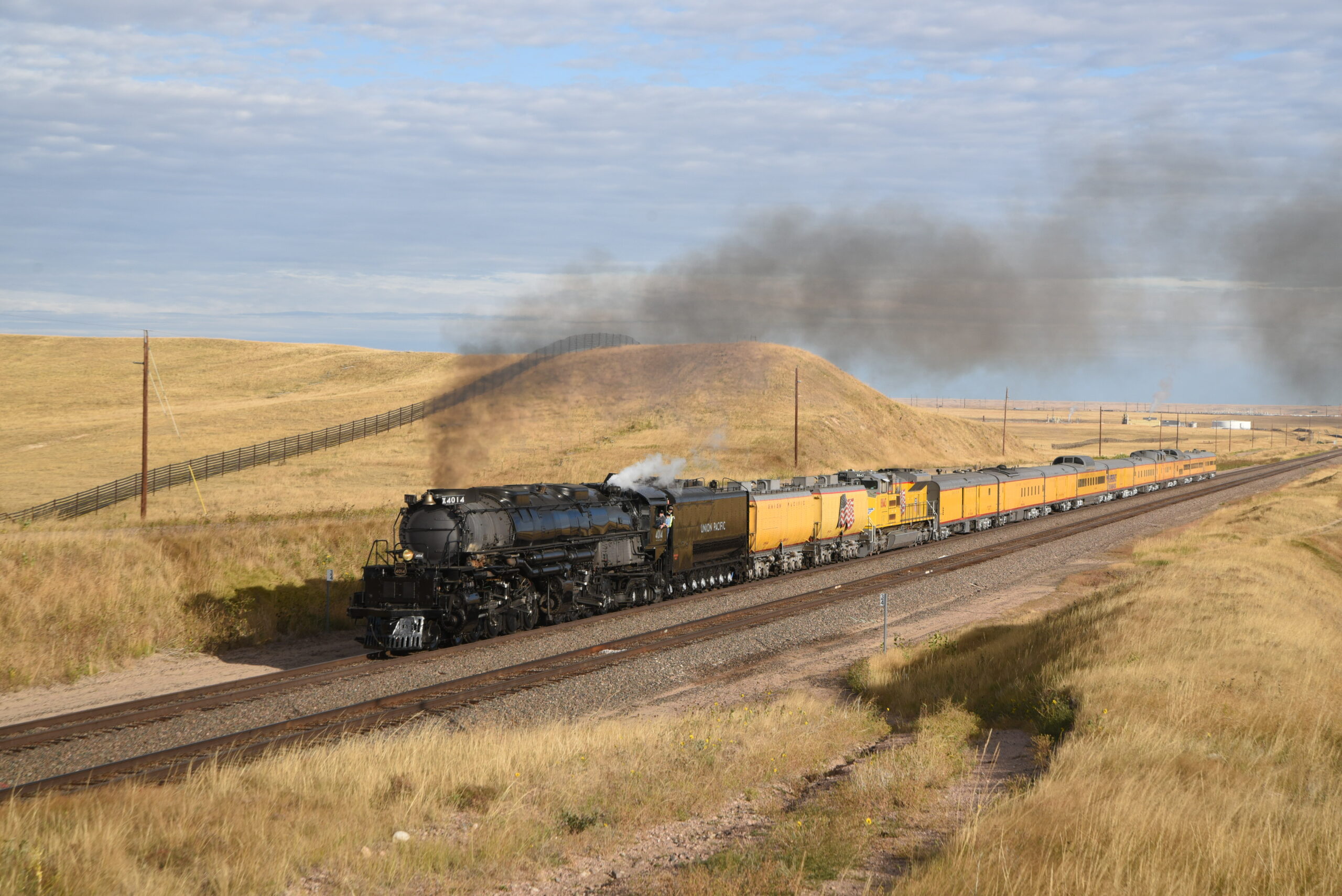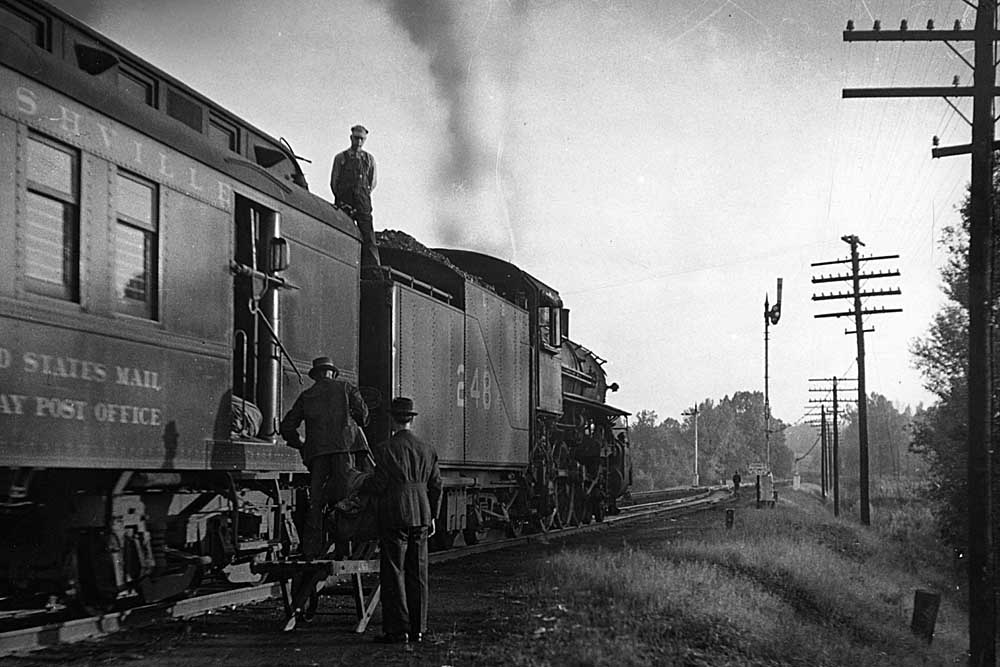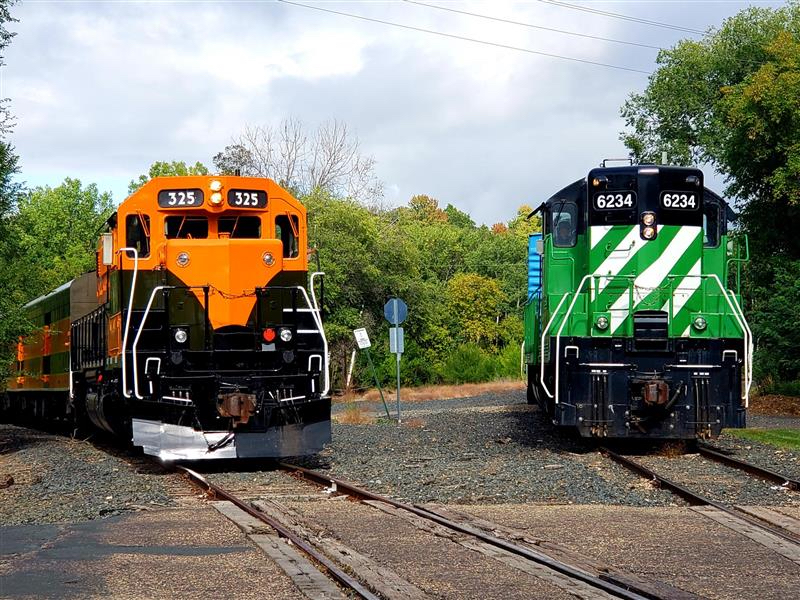Shortline railroads
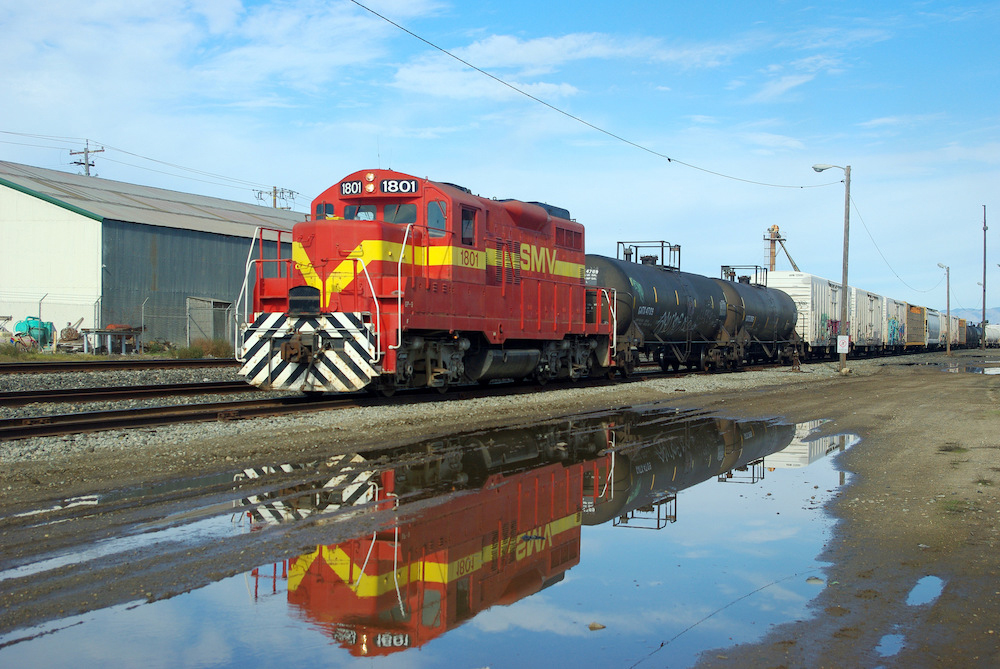
Today, shortline railroads scattered around America continue to survive. Even though many “brick and mortar” customers have closed, and their spurs and industry tracks have been pulled up over the last several decades, Class IIIs continue to find additional sources of revenue. Car storage and transloading are two such sources that are popular among short lines and even some tourist operations.
According to the Association of American Railroads, there are more than 1.6 million freight cars in the United States. Hundreds of thousands of every type of railcar for every type of product is available. Some are owned by railroads themselves, but most are owned by the companies that use the railcars to move their products. And with the associated markets, there are slow and high seasons that cause these railcars to sit still and unused for periods of time.
At any given time, there are too many cars that need to be stored and cannot be allowed to clog up the sidings, spurs, or yards of Class Is.
When railcar owners find their cars needing to go into storage, they have a few options. They can either reach out directly to a railroad or they can use a third-party broker to find a railroad and negotiate rates on behalf of them. Many short lines list on their websites what their total capacity is for storage cars to entice companies to use their rails. The beauty of using short lines is that they offer rates that, while confidential, make it economical to the railcar owner.
For many short lines, they offer tracks around their railroad that aren’t being used and they make additional income for very little work. Switch crews place the storage cars on designated tracks and are properly secured until they’re called back into service. At that time the switch crew grabs the needed cars and delivers them to interchange. They are picked up by the Class I, and sent on their way, back to the customer.
An excellent example was when Amtrak canceled their priority freight service and among the railroads that stored them was the Santa Maria Valley Railroad, a short line that connects to UP at Guadalupe, Calif.
And then there is transloading…
Transloading, which also offers railroads a way to continue to drive income, is the ability to transfer freight between railcars and trucks. Over time, industries directly served by railroads have closed and the rails that lead right to their doors have been pulled up. But even though physical customers may leave the railroad, they have found new ones through offering transload services. These services may not be just switching cars but also using railroad personnel to physically move the products between trucks and railcars.
A positive of transloading is that it doesn’t limit the type of customers that are serviced by the railroad. Customers and industries that don’t have direct rail service or are too far from a railroad can take part and use the general rail system. A railroad can use something as simple as a spur off the main, dedicate a track in a yard, or if needed, build an entire transload facility.
It’s a versatile option for customers. Products come in by rail and are transferred to a truck for the last mile or products begin the journey on a truck, are moved to a railcar, and then sent anywhere on the continent.
Aggressive shortline management will always try to grow and expand, and it’s because of options like car storage and transloading.






